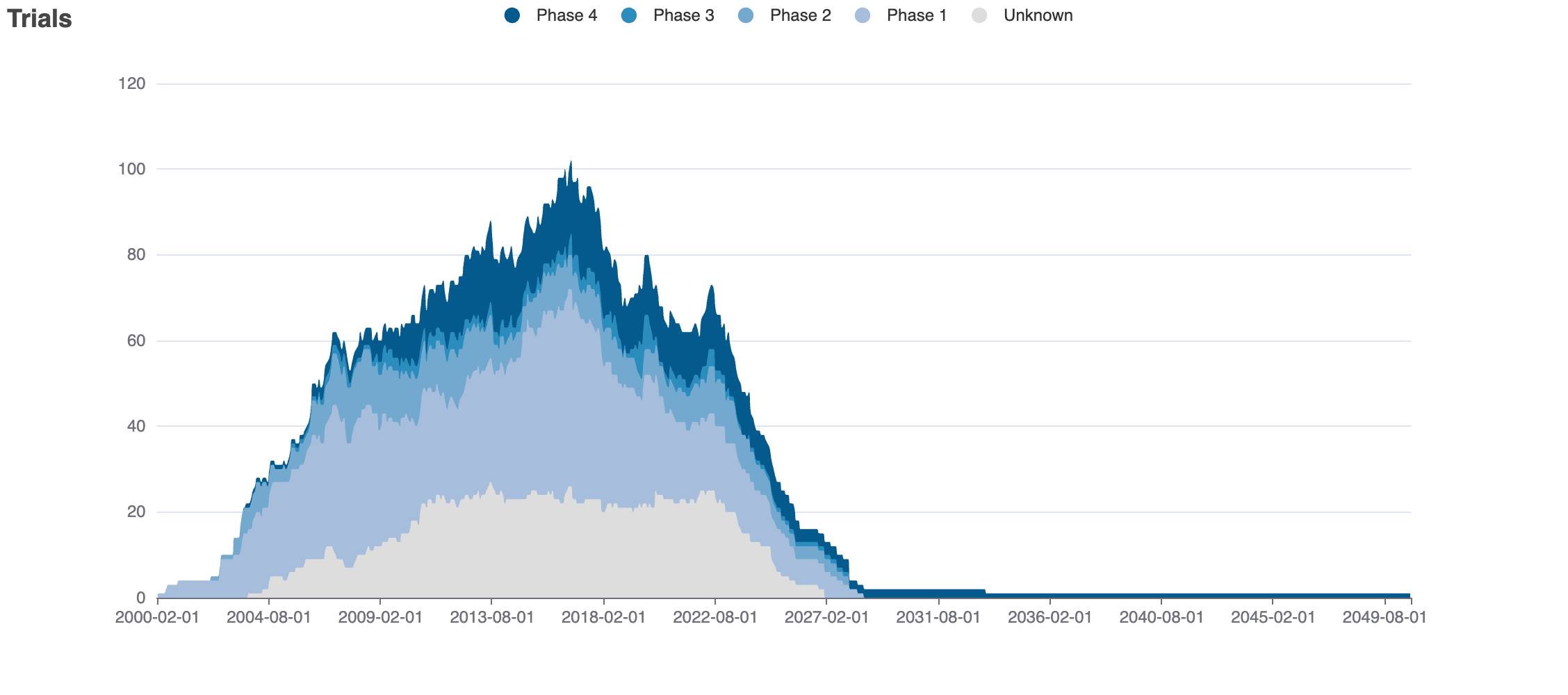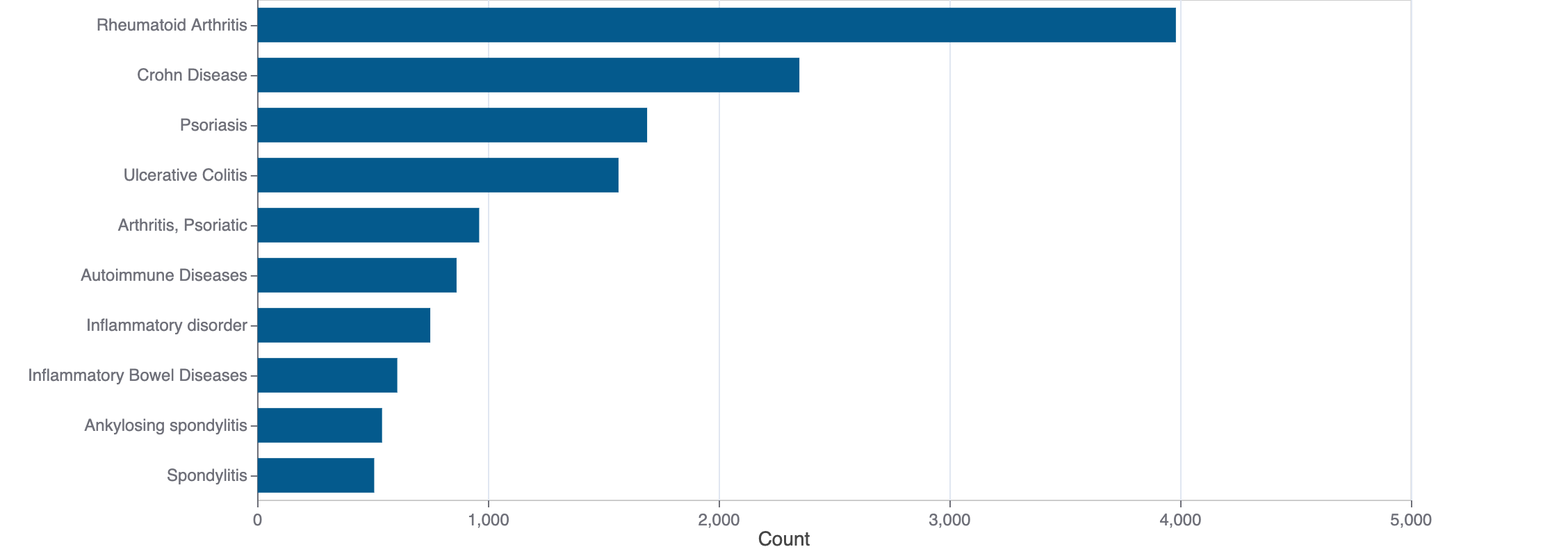Filorexant
Filorexant is a small molecule pharmaceutical. It is currently being investigated in clinical studies. It is known to target orexin/Hypocretin receptor type 1 and orexin receptor type 2.
Download report
Favorite
Commercial
Therapeutic Areas
No data
Trade Name
FDA
EMA
No data
Drug Products
FDA
EMA
New Drug Application (NDA)
New Drug Application (NDA)
Abbreviated New Drug Application (ANDA)
Abbreviated New Drug Application (ANDA)
No data
Labels
FDA
EMA
No data
Indications
FDA
EMA
No data
Agency Specific
FDA
EMA
No data
Patent Expiration
No data
ATC Codes
No data
HCPCS
No data
Clinical
Clinical Trials
5 clinical trials
View more details

Mock data
Subscribe for the real data
Subscribe for the real data
Indications Phases 4
No data
Indications Phases 3
No data
Indications Phases 2
Indication | MeSH | Ontology | ICD-10 | Ph 1 | Ph 2 | Ph 3 | Ph 4 | Other | Total |
|---|---|---|---|---|---|---|---|---|---|
| Major depressive disorder | D003865 | EFO_0003761 | F22 | — | 1 | — | — | — | 1 |
| Diabetic neuropathies | D003929 | EFO_1000783 | — | 1 | — | — | — | 1 | |
| Migraine disorders | D008881 | EFO_0003821 | G43 | — | 1 | — | — | — | 1 |
| Headache | D006261 | HP_0002315 | R51 | — | 1 | — | — | — | 1 |
| Sleep initiation and maintenance disorders | D007319 | F51.01 | — | 1 | — | — | — | 1 |
Indications Phases 1
Indication | MeSH | Ontology | ICD-10 | Ph 1 | Ph 2 | Ph 3 | Ph 4 | Other | Total |
|---|---|---|---|---|---|---|---|---|---|
| Polysomnography | D017286 | 1 | — | — | — | — | 1 |
Indications Without Phase
No data
Epidemiology
Epidemiological information for investigational and approved indications
View more details
Drug
General
| Drug common name | FILOREXANT |
| INN | filorexant |
| Description | Filorexant (INN, USAN; developmental code name MK-6096) is an orexin antagonist which was under development by Merck for the treatment of insomnia, depression, diabetic neuropathy, and migraine. It is a dual antagonist of the orexin OX1 and OX2 receptors. It has a relatively short elimination half-life of 3 to 6 hours. However, it dissociates slowly from the orexin receptors and may thereby have a longer duration. Possibly in relation to this, filorexant shows next-day somnolence similarly to suvorexant. In phase 2 clinical trials, filorexant was found to be effective in the treatment of insomnia, but was not effective in the treatment of major depressive disorder, painful diabetic neuropathy, or migraine. As of May 2015, filorexant was no longer listed on Merck's online development pipeline and hence development of the drug appears to have been discontinued. Development of filorexant may have been discontinued due to lack of differentiation from suvorexant (which was also developed by Merck).
|
| Classification | Small molecule |
| Drug class | Orexin antagonist |
| Image (chem structure or protein) | |
| Structure (InChI/SMILES or Protein Sequence) | Cc1ccc(-c2ncccn2)c(C(=O)N2C[C@H](COc3ccc(F)cn3)CC[C@H]2C)c1 |
Identifiers
| PDB | 6TP6 |
| CAS-ID | 1088991-73-4 |
| RxCUI | — |
| ChEMBL ID | CHEMBL2107822 |
| ChEBI ID | — |
| PubChem CID | 25128145 |
| DrugBank | DB12158 |
| UNII ID | E6BTT8VA5Z (ChemIDplus, GSRS) |
Target
Agency Approved
No data
Alternate
HCRTR1
HCRTR1
HCRTR2
HCRTR2
Organism
Homo sapiens
Gene name
HCRTR1
Gene synonyms
NCBI Gene ID
Protein name
orexin/Hypocretin receptor type 1
Protein synonyms
hypocretin (orexin) receptor 1, Hypocretin receptor type 1, orexin receptor 1, Orexin receptor type 1, Ox-1-R, Ox1-R, Ox1R
Uniprot ID
Mouse ortholog
Hcrtr1 (230777)
orexin/Hypocretin receptor type 1 (Q80T45)
Variants
Clinical Variant
No data
Financial
No data
Trends
PubMed Central
Top Terms for Disease or Syndrome:

Mock data
Subscribe for the real data
Subscribe for the real data
Additional graphs summarizing 65 documents
View more details
Safety
Black-box Warning
No Black-box warning
Adverse Events
Top Adverse Reactions
0 adverse events reported
View more details
Premium feature
Learn more about premium features at pharmakb.com
Learn more
